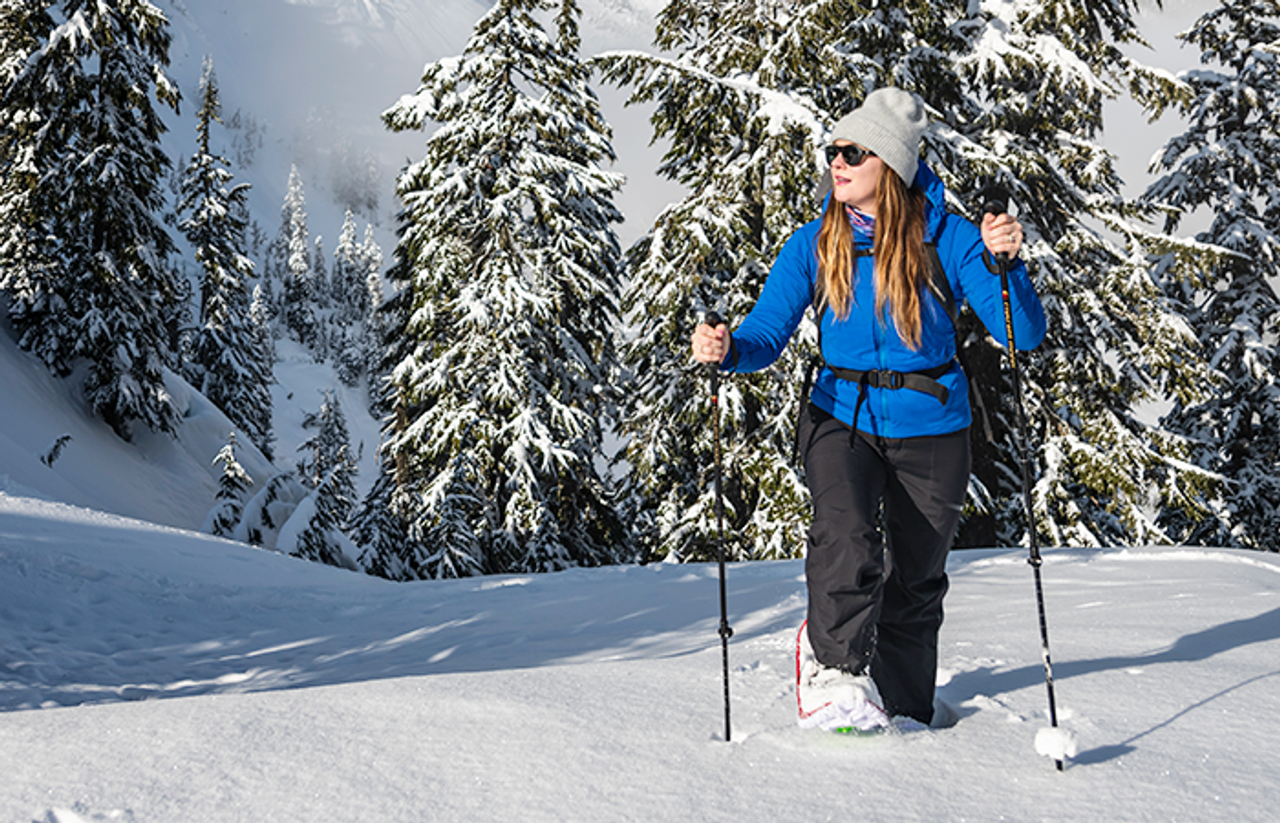How To Properly Snowshoe
Posted by Crescent Moon on Jul 31st 2020
When it comes to winter sports, people often think about skiing and snowboarding; however, one of the most underrated activities is snowshoeing. When snowshoeing started thousands of years ago, this developed as an essential mode of winter transportation. Now, it is a popular recreational activity for those who live in or visit winter areas. This is a fantastic social activity, it is relatively inexpensive, and it is a great way to get exercise. At the same time, it is important for everyone who wants to go snowshoeing to know about a few basic techniques.
Snowshoeing on Flat Ground
Before going snowshoeing, it is important to have the right equipment. Eva foam snowshoes are a great option for everyone who wants to go snowshoeing. A few popular examples include the EVA Foam Snowshoe and the Luna Foam Snowshoe. For those who are just getting started with this great sport, they probably are going to start on flat ground. This is reasonably intuitive. Make sure the stride is wider than it is for hiking because snowshoes themselves are bigger. Otherwise, people will end up stepping on the insides of the frames of the snowshoe.
It is not unusual to feel aches and pains in the groin and hips after the first we times snowshoeing. This is because there are muscles that are working harder than they usually do in other sports.
Snowshoeing Uphill
Once people get used to snowshoeing, it is time to tackle a few uphill slopes. As people start to ascend the hill, it is important to create additional traction using the toe or instep crampons. Before stepping, make sure the feet are firmly planted on the snow. Try to keep the poles in front for momentum and balance.
One of the top techniques for use during this type of activity is called the kick and step technique. In the powdery snow, pick up the foot and kick into the snow to create a step. Now, it might take more than one try to create a surface that is solid enough upon which someone can stand; however, this is normal. Plant the crampons or cleats into the snow for stability. If the snow is crusted, this is going to be hard. Instead, rely on the traction of the crampons, cleats, and poles for balance.
Snowshoeing Downhill
Of course, what goes up must also come down. On descents, this can be tricky. Keep the poles planted ahead. Try to bend the knees and stay relaxed. Let gravity do the work. Leaning back can create some added balance. Try to keep the strides even and walk smoothly. It is easy to get going quickly when going downhill, so try to stay under control and watch for obstacles that might be hidden under the surface of the snow. Try to avoid swinging the snowshoes too much as this can cause the back of the snowshoe to catch on something, leading to a fall.
Snowshoeing Poles
One of the most important parts of snowshoeing is using the trekking poles properly. Understandably, most people are focused on what their snowshoes are doing; however, the poles are also important. First, make sure to find the right length for the poles. Some poles are adjustable, which is even better because poles might be more comfortable at a certain length for going uphill or downhill.
The point of the pole is to act as a plant as people go snowshoeing. The poles should be planted in the snow before someone takes a step in order to maintain balance. Many poles also come with straps that keep them in place and prevent them from flying off in the snow.
Snowshoeing is a Great Winter Sport
These are a few of the most important points that people should keep in mind when they go snowshoeing. The poles are important and the techniques can change depending on whether someone is going uphill, downhill, or traversing on flat terrain. In order for people to get the most out of their snowshoeing experience, it is important to invest in the right equipment. This starts with finding the right shoes for the task. Take a look at everything Crescent Moon has to offer for snowshoeing equipment!


